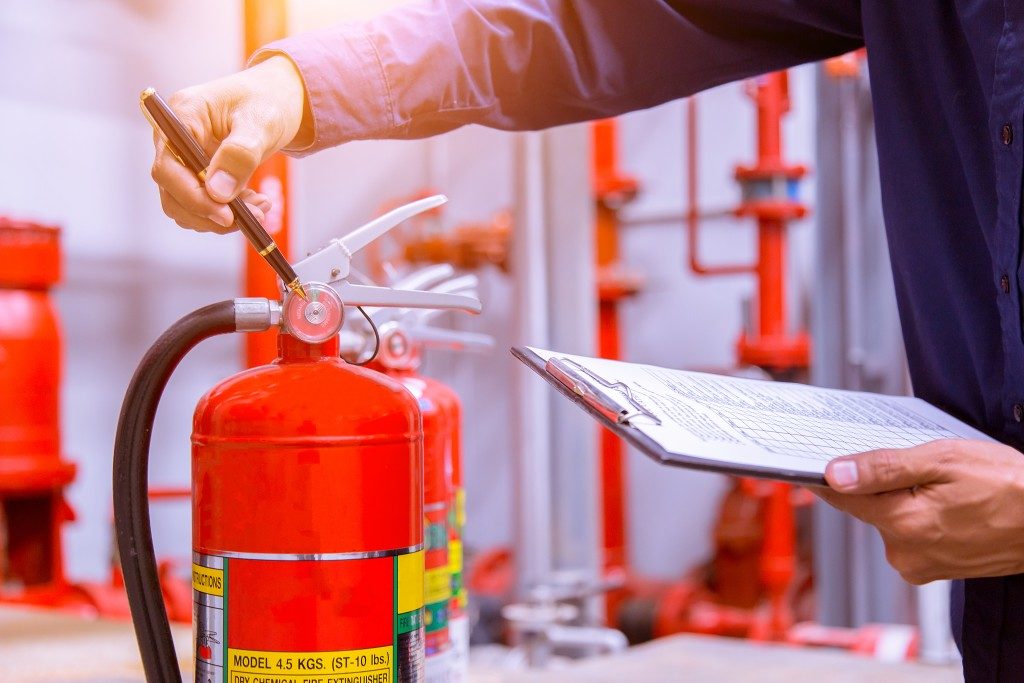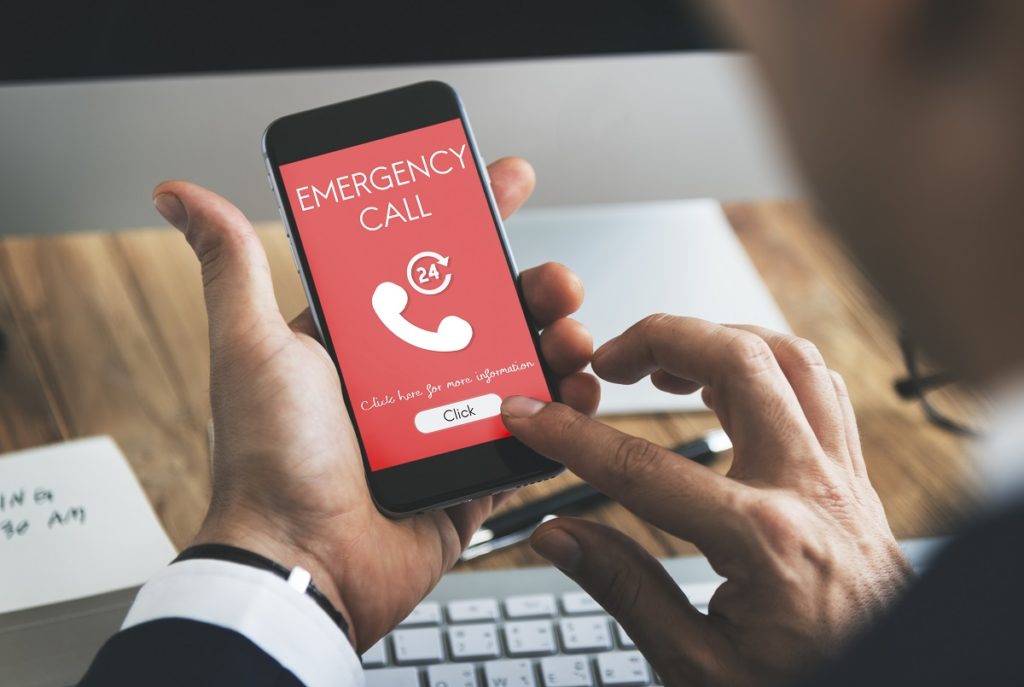In Australia, the chances of a natural or human-made disaster occurring are high. Your business must always be prepared. You must be able to protect your business operation, employees, and infrastructure.
Various safety vests, fire extinguishers, and emergency lights are essential to any business, but these are not the only essentials that you should have within your facility. To protect your business, it’s crucial to establish an emergency management plan.
This includes the protection of the different aspects of your business. It not only tackles emergencies that have occurred; it can also help prevent potential hazards. It covers disaster kits, shelter, procedures, evacuation plans, and more.
If you want to fully understand the contents of an emergency plan and create one for your business, here is a quick guide:

General Content
An emergency management plan is a written set of instructions outlining what you and your employees should do in case of an emergency. In general, it must explain how to respond effectively to an emergency. It should also contain the evacuation procedures, medical treatment and assistance, and a list of organizations that must be notified when an emergency occurs.
An emergency plan also provides information and training to employees who will implement emergency procedures. It also includes a guide on how an authorized person should communicate with all employees to coordinate the emergency response at the workplace.
All emergency procedures are required to be tested, and the results of the test must be documented and included in the emergency plan. Knowing its contents, here’s what you should include in the emergency management plan for your business:

The Emergency Management Plan
At the forefront of your plan is the title page. This part contains the title of your emergency plan, your business name and logo, your name and title in your company, your business address, your Australian Business Number (ABN), your Australian Company Number (ACN), a revision history table, a communication strategy table (for authorized person to coordinate the plan), and a table of contents.
The second part is the business summary. It’s merely a one-page overview of your business plan.
The third section is the continuity plan. It contains business continuity strategies that you will implement when an emergency happens. Its contents include graphs and tables in risk management, critical business area analysis, scenario planning, insurance, temporary office accommodation, fundamental personal training, data security, and backup strategy.
The fourth section is the emergency action plan. It provides the emergency contacts list, the emergency procedure table, the evacuation drill schedule, the location of emergency and disaster kits, and the roles and responsibilities of the emergency team members.
The fifth part is the recovery plan. It contains information about the impact of an emergency to your business, how will you recover from it, and who will help you recover from the losses. You should also disclose your insurance claims, market assessments, and strategy after recovery.
The last part should include supporting documentation to all of the sections mentioned above.
An emergency management plan can identify risks to your business. It can help you determine how your business can survive and prepare for any emergency.

